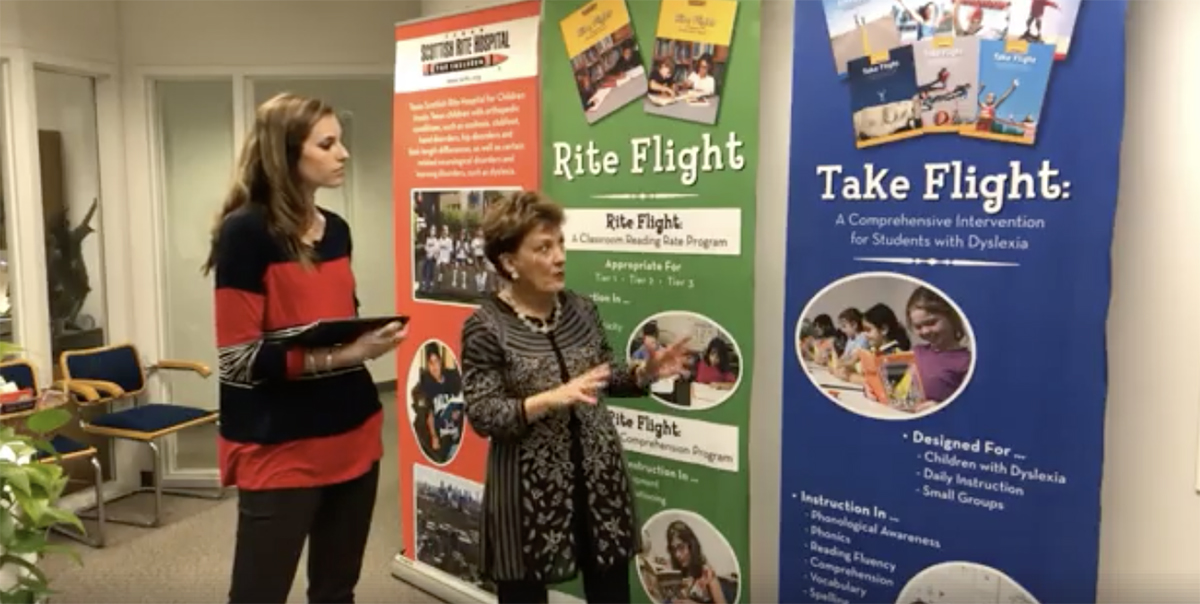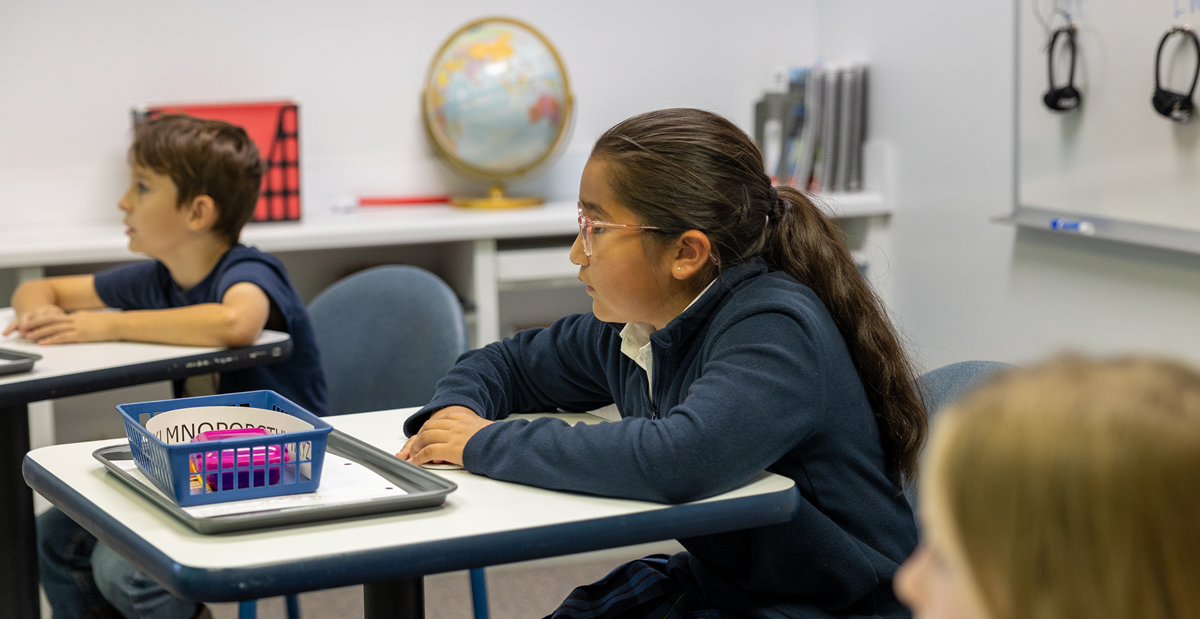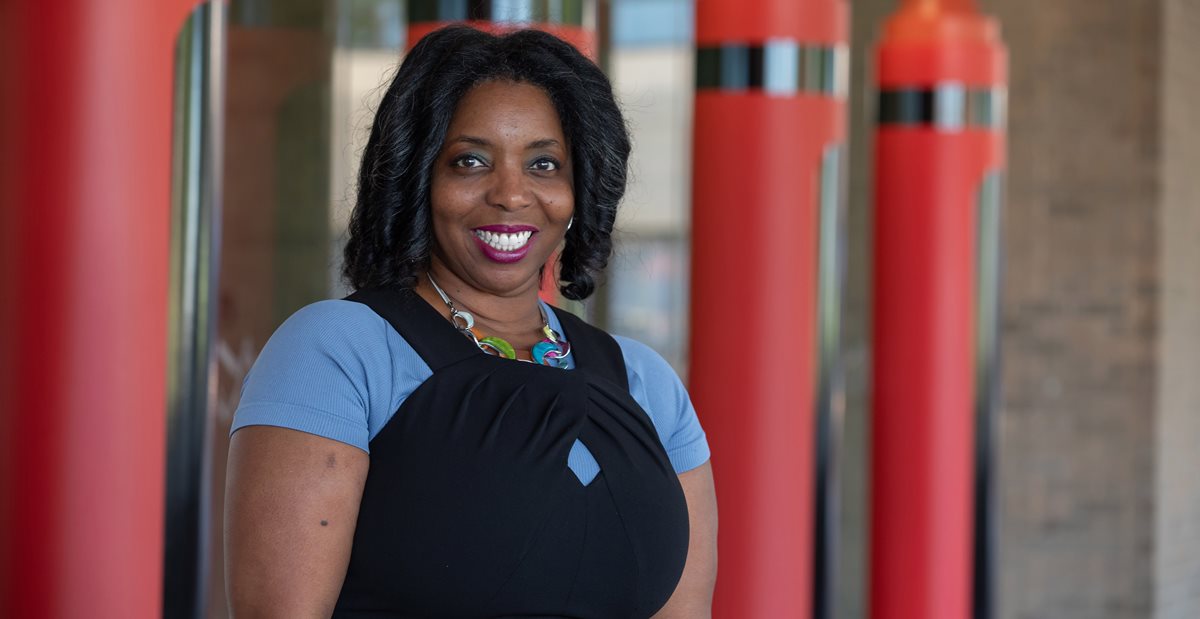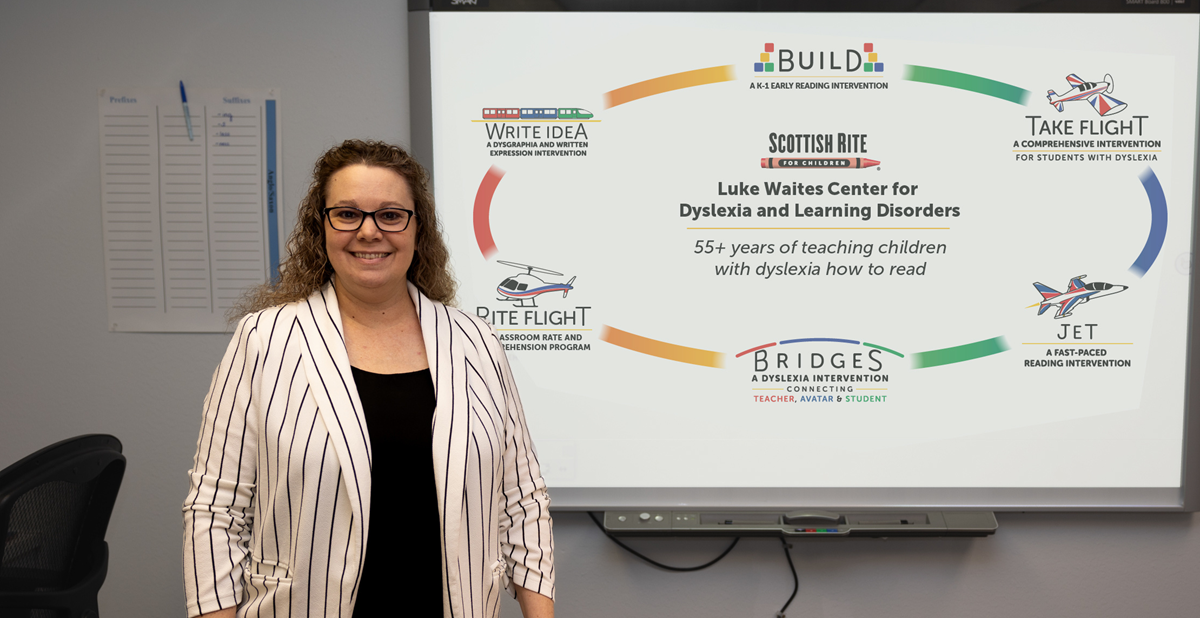
Feb 21, 2018 / General News
#SRHaccess Facebook LIVE: Tour of the Luke Waites Center for Dyslexia & Learning Disorders
On this week’s Facebook live, Administrative Director Gladys Kolenovsky joined us to give a tour of the hospital’s Luke Waites Center for Dyslexia & Learning Disorders and a behind-the-scenes look into this unique service. Below is a recap of the conversation.
Watch the live segment.
Theme of the Center for Dyslexia:
First visit:
Dyslexia 4-1-1 – most popular parent program
Watch the live segment.
Theme of the Center for Dyslexia:
- Located on the top floor of the hospital.
- “The Sky is the Limit” is the theme which reflects the mission of the department.
- As parents and children walk off the elevators, a colorful mural of this theme is the first thing they see. It provides comfort and the idea that children can soar and be successful through the program.
- The theme is carried throughout the entire Center.
- Over 50 years ago, Dr. Luke Waites was a consulting neurologist for the orthopedic team at the hospital.
- The staff needed more of his time for development of his patients, so he was asked to become a full-time member of the orthopedic team.
- In 1965, he brought his dyslexia practice to this hospital and established the Luke Waites Center for Dyslexia & Learning Disorders.
- Reading and spelling disability.
- Many people assume it is a condition when children read backwards or see words in reverse, but we have found that the problem begins when the child has issues with connecting the sounds of speech and the letters of the alphabet.
- School-aged children from Texas.
- These children have learning challenges in various areas of school including reading, spelling, math and/or written expression.
- Our team is evaluating and working with kids at a much younger age than before. As time has passed, our experts have become more confident identifying the learning disorder early on, as young as kindergarten. Average age of children coming to the Center is between the age of five and 14.
- Learn more on our Becoming a Patient page.
- Our specialists evaluate over 1,000 children for assessment each year.
- Directing the team is three developmental pediatricians who are fellowship trained in emotional, educational and developmental challenges in children.
- The team includes: educators, diagnosticians, speech language pathologists and psychologists who work together to identify a child’s strengths and defining their challenges to provide a proper diagnosis.
- Parents are usually very aware of their child’s educational difficulties. If you detect a problem, apply to become a patient on our website.
- Medical referral.
- Once the application is reviewed, our staff evaluates the needs of the child to make sure it matches the resources of the Center. If it is a match, testing will be scheduled within the next four to six weeks.
First visit:
- The first visit is not only to test the child’s abilities, but also to make the child and parent feel comfortable.
- Testing can take three to three and a half hours.
- The anxiety associated with testing goes away for the child because he/she is in a safe environment with experts who understand their abilities and struggles.
- The testing evaluates the underlying cognitive ability, oral language, reading, reading comprehension and math skills of the child.
- Two adults are recommended to accompany the child for the second visit.
- The physician or diagnostician will review with the child their skills and talents to showcase how smart the child really is.
- Then, they will discuss their challenges and those challenges will become easier over time.
- The parent will receive a diagnostics report. This serves as a road map to be shared with the child’s school to help form their intervention for dyslexia.
- Schools will contact the hospital about wanting to begin the application process for their teachers to go through the dyslexia educator center.
- Two-year training program.
- At the end of two years, the teachers are fully qualified to take children through a dyslexia intervention.
- Third generation intervention for students with dyslexia created and published by the hospital in 2006.
- Its purpose is to improve reading accuracy, fluency and comprehension for children.
- Our staff are the lead and supporting authors for this program.
- Learn more about the curriculum on our website.
- A room in between two classrooms where teachers or parents can listen and view the current class.
- Those who sit in the observing room, cannot be seen or heard by the students in the classrooms.
- When teachers are in training, they need to not only hear lectures but also witness a master teacher giving the curriculum to students.
- Throughout the training, teachers have the opportunity to be the demonstrative teacher. Students are made aware that they are certified teachers who are being evaluated while teaching. The observing room allows colleagues or administrators to evaluate the teaching and provide feedback in a safe environment.
- Parents can also observe in this room. This allows the parent to evaluate how their child is being taught, what they are learning and their ability to participate during class.
Dyslexia 4-1-1 – most popular parent program
- A seminar designed for parents, at no charge, to educate them on everything they need to know about dyslexia.
- The environment allows parents to interact and ask questions with fellow parents who are going through some of the same challenges.
- These seminars take place multiple times throughout the year.
- This seminar is designed for teachers and educators in schools to provide a better understanding of dyslexia.
- Dyslexia A to Z takes place multiple times a year. The next seminar is scheduled for Friday, March 9. Learn more and register online.



